Seven autonomous vehicle concepts for extreme environments
Mankind has continually sought to travel beyond its limits. Humans have a natural urge to roam, explore, and push the boundaries of possibility.


Mankind has continually sought to travel beyond its limits. Humans have a natural urge to roam, explore, and push the boundaries of possibility.
This urge explains ancient upheavals like The Great Migration, when the human family pushed and fought to conquer new terrains. It also explains more recent innovative revolutions like self-driving cars, which promise to change the way we get from Point A to Point B.
But when we talk about autonomous vehicles, we often get mired in the day-to-day details: Will it make parallel parking easier? Will it reduce traffic congestion? Is it safe to take my hands of the wheel?
To explore what the future of driving could look like, Honda commissioned Map and Mori Inc. to create a concept for the future of transportation. “Honda. Great Journey” depicts seven terrain-specific, self-driving concept vehicles for a cross-continent journey across deserts, mountains, snowy tundra, and rainforests.
The future of transportation is about more than automating our commutes and drug store runs: It’s about exploring what’s possible. That means creating vehicles that can take us from Africa to the Arctic and back again—and handle all the extreme situations along the way. The self-driving vehicle of the future will anticipate (and solve) problems that people can’t, from muddy roads to cracked ice to rockslides on narrow mountain roads.
The project was inspired by Honda’s design DNA from vehicles in the ‘50s and ‘60s, as well as the new technologies found in Honda’s current warehouse collection, such as the ASIMO humanoid robot, and fuel cell and solar power systems. Map’s Director Jon Marshall and Mori Inc. founder Morihiro Harano wove the old with the new of Honda’s approach, to make self-driving cars less science-fiction and more accessible.
From the first human migrations on foot to the invention of the Concorde and the Bullet Train, no other species is as driven to traverse the globe like humans do. With the future of self-driving vehicles, there is massive potential to make the journeys we seek not only possible, but safe, exciting, and comfortable. Inspired by human tenacity, here’s how Honda has envisioned the technology that will bring this potential closer to reality.
The Safari Drifter, for utility in the African Savanna
Inspired by robotic lawnmowers and vintage camper vans, The Drifter cuts paths through tough grass while simultaneously tracking animals. A sheltered canopy above the vehicle provides the best vantage point for spotting wildlife, and shade from the unforgiving sun (along with a few other surprises).
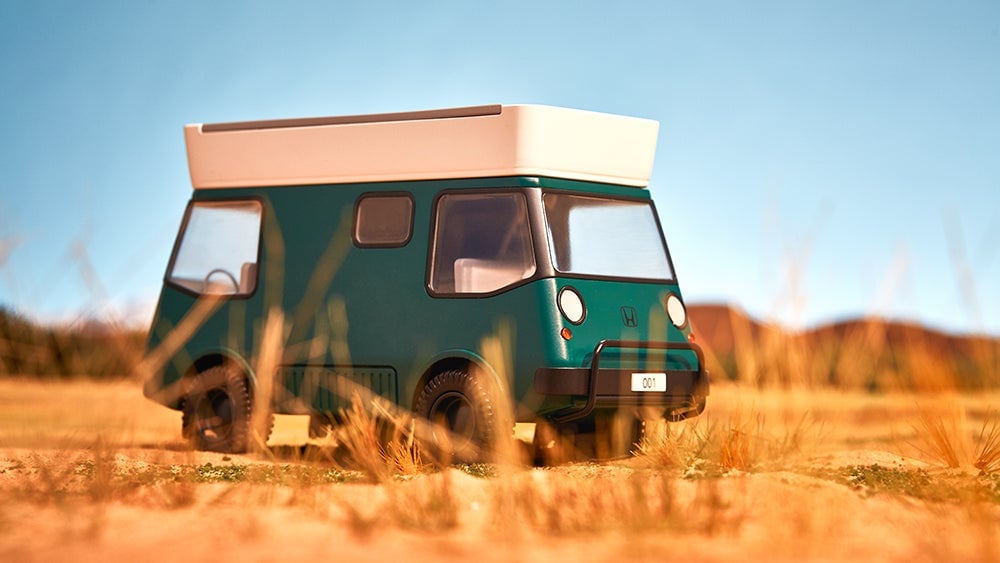
The Desert Train, for dune-hopping with ease
Water is the most precious desert commodity, so the Desert Train captures water, a by-product of the Honda fuel cell technology, which powers the vehicle and stores it in a rolling water container. With high suspension and deep-tread tires, the train borrows design elements from motorcycles, dune buggies, and the oldest form of desert travel: camels.
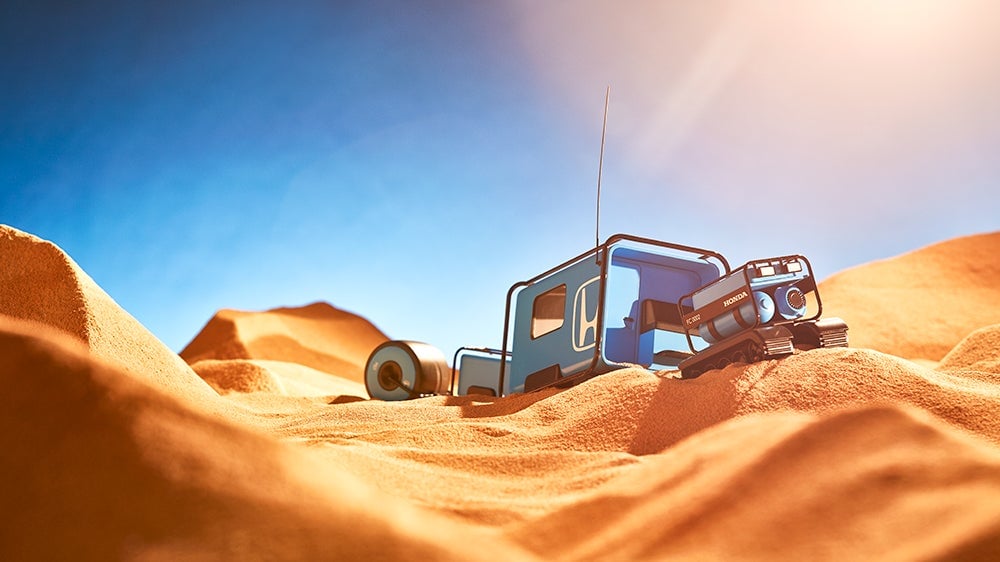
The Mountain Climber, for journeys to the edge
The Climber, a sturdy vehicle with high ground clearance, deploys robotic legs, inspired by Honda’s ASIMO robot, to sense uneven ground and “step” right over boulders, rocks, and debris. The robotic rear arm uses a digging tool and bucket to repair the road for future travelers.
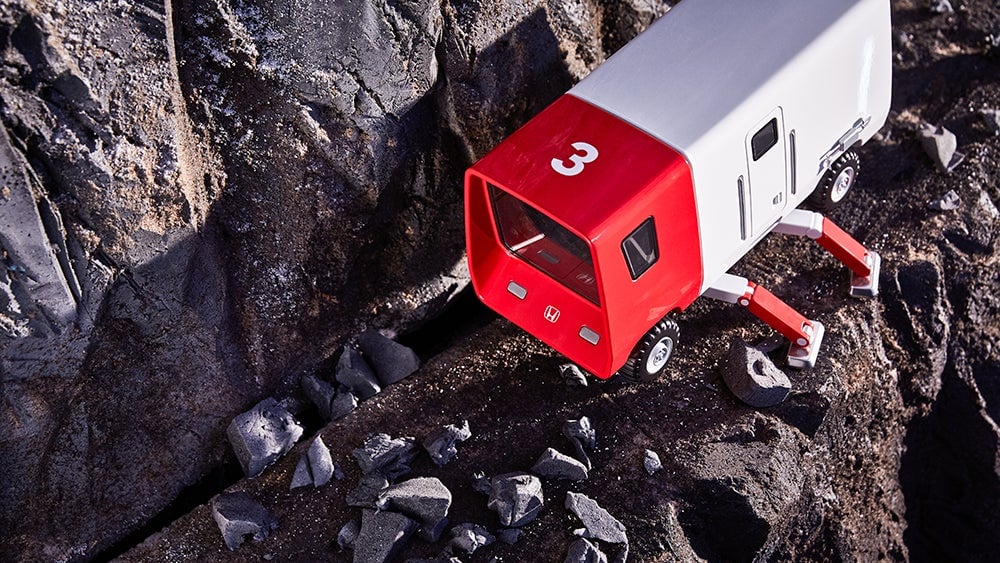
The Island Hopper, for traveling from land to sea
The Island Hopper is designed with lightweight structures like Formula 1 racecars and compact business jets in mind. Powered by Honda’s solar technology, the amphibious vehicle combines the function of a pedalo with the comfort of a luxury yacht to comfortably navigate rocky beaches, islands, and seas.
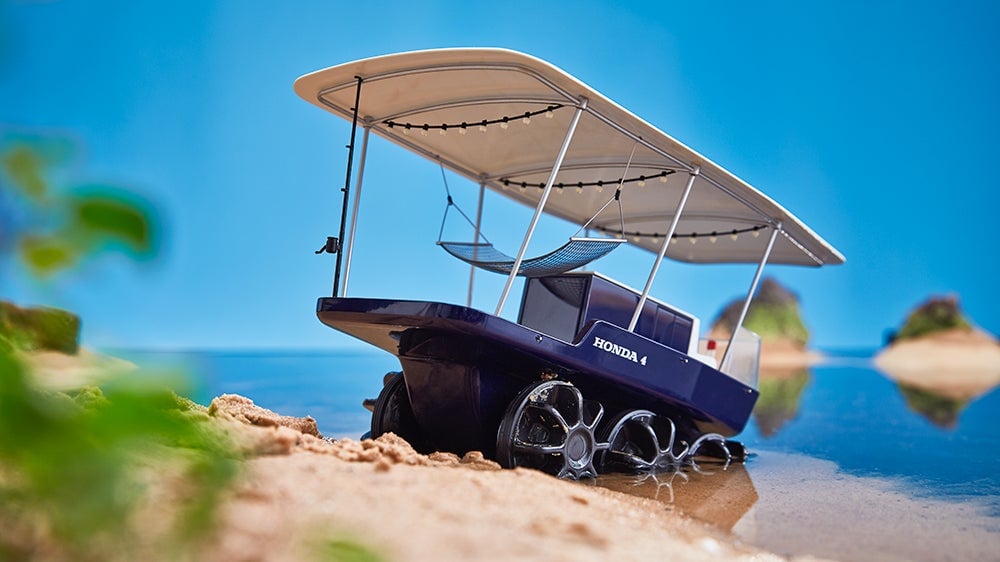
The Tundra Sled, for deep snow and perilous ice
This futuristic snow sled swaps out dogs for drones to race across the arctic. Six drone wheels pull the Tundra Sled along while sensing any cracks in the ice, and traditional caterpillar tracks and spiked treads keep the vehicle from slipping or sliding.
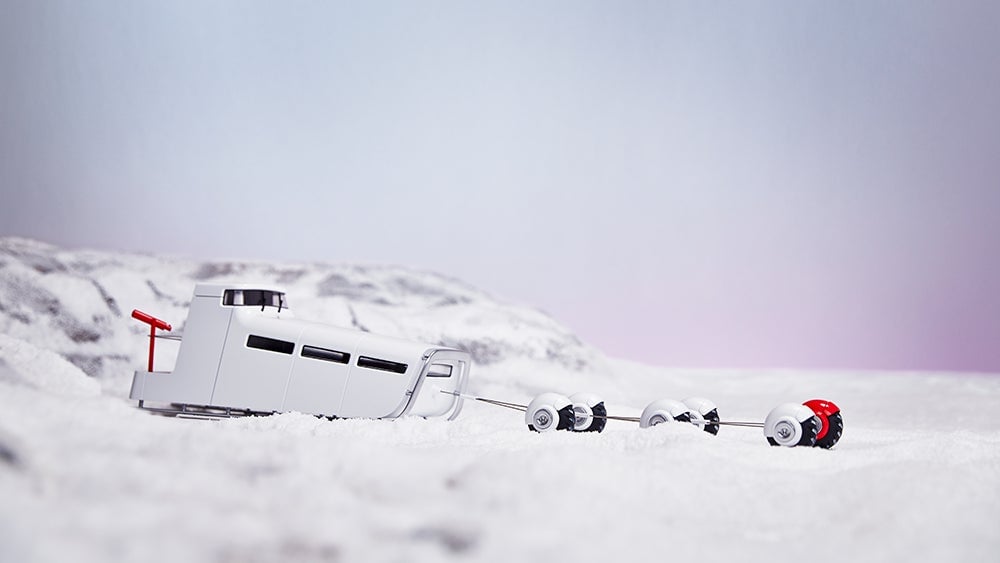
The Road Tripper, for watching the world go by
Inspired by glass-roofed trains, the iconic Airstream and Honda’s Daytona motorcycle, the Road Tripper embodies 1960s California cool with wraparound glass panelling and a stainless-steel tube shape. The Tripper is best for the winding highways of America’s Pacific Coast Highway, with a compact three-wheel design for better mobility and fuel efficiency.
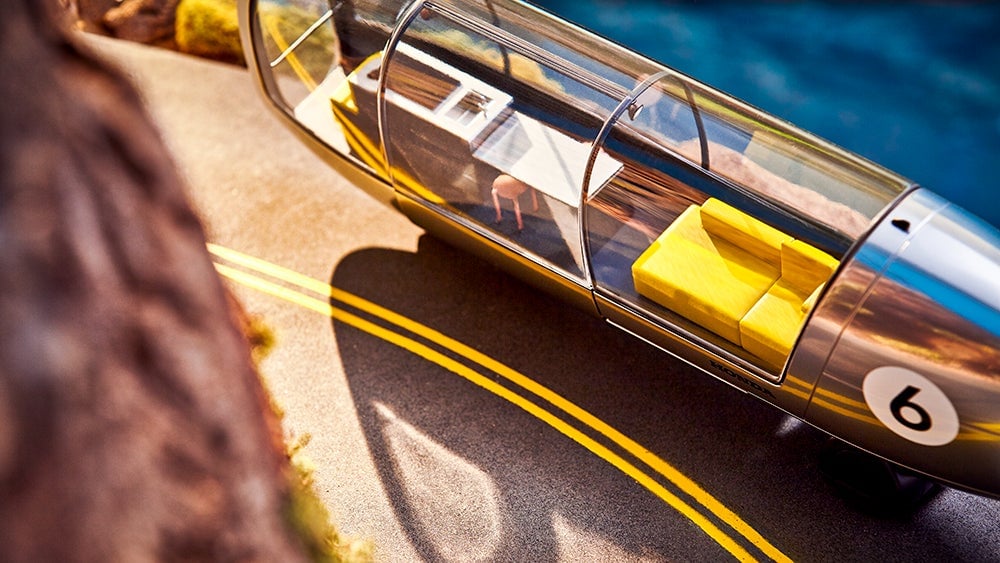
The Jungle Jumper, for a bird’s-eye view of the rainforest
The Jungle Jumper is designed specially for extra grip and traction on terrain that ranges from tarmac road to dirt track to muddy forest floor. The truck borrows elements from the Honda T360, like a six-wheeled design and deep-tire traction for smooth navigation through unpredictable terrain.
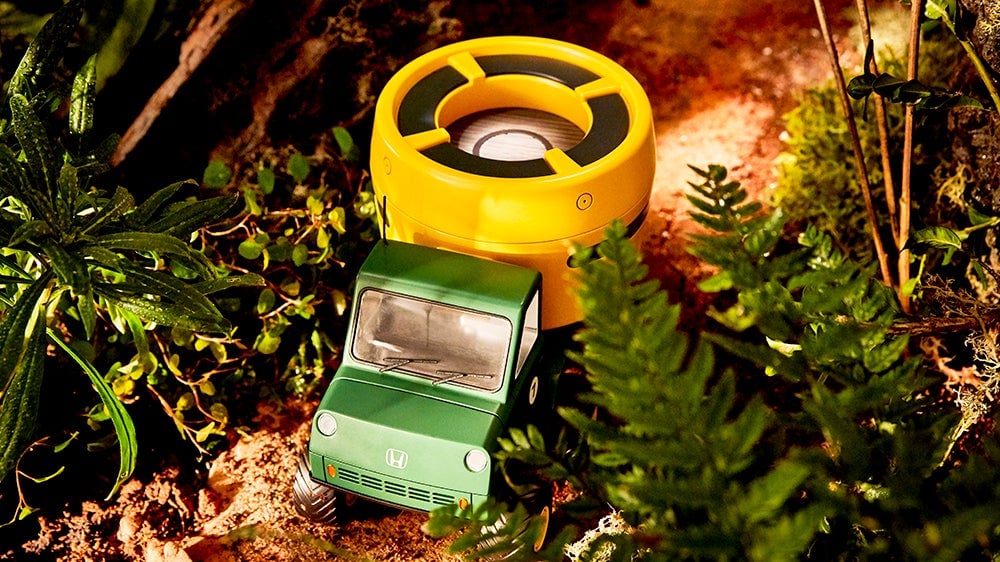
Experience Map and Mori Inc.’s full journey across the globe—in miniature—at Honda. Great Journey.
This article was produced by Honda and not by the Quartz editorial staff.